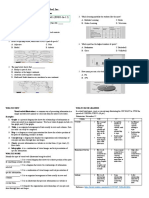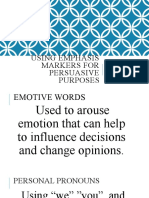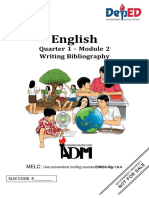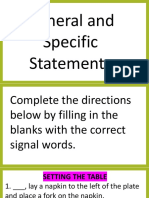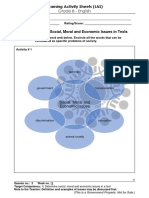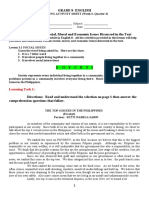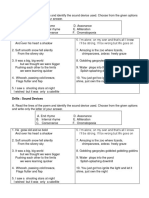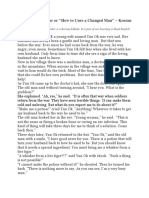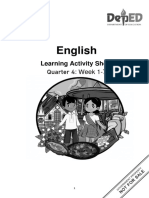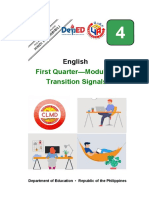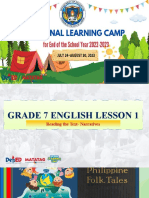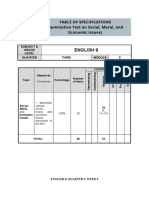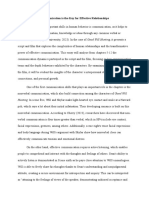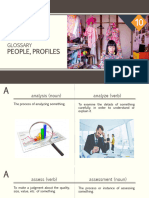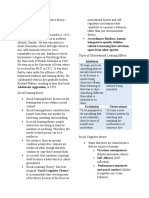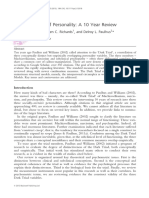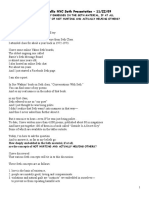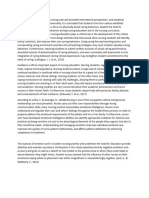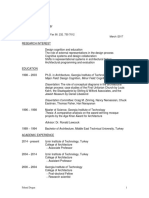100% found this document useful (1 vote)
313 views31 pagesText Types
This document provides information about different text types and their characteristics. It identifies five main text types - narrative, descriptive, instructional, argumentative, and expository. For each text type, the document outlines their defining purpose and key linguistic features, such as grammatical structures, tenses and language features commonly seen in each type. It also includes examples and exercises for readers to identify text types in given texts based on these defining characteristics.
Uploaded by
Danielle Isabel AsinasCopyright
© © All Rights Reserved
We take content rights seriously. If you suspect this is your content, claim it here.
Available Formats
Download as PDF, TXT or read online on Scribd
100% found this document useful (1 vote)
313 views31 pagesText Types
This document provides information about different text types and their characteristics. It identifies five main text types - narrative, descriptive, instructional, argumentative, and expository. For each text type, the document outlines their defining purpose and key linguistic features, such as grammatical structures, tenses and language features commonly seen in each type. It also includes examples and exercises for readers to identify text types in given texts based on these defining characteristics.
Uploaded by
Danielle Isabel AsinasCopyright
© © All Rights Reserved
We take content rights seriously. If you suspect this is your content, claim it here.
Available Formats
Download as PDF, TXT or read online on Scribd
/ 31

